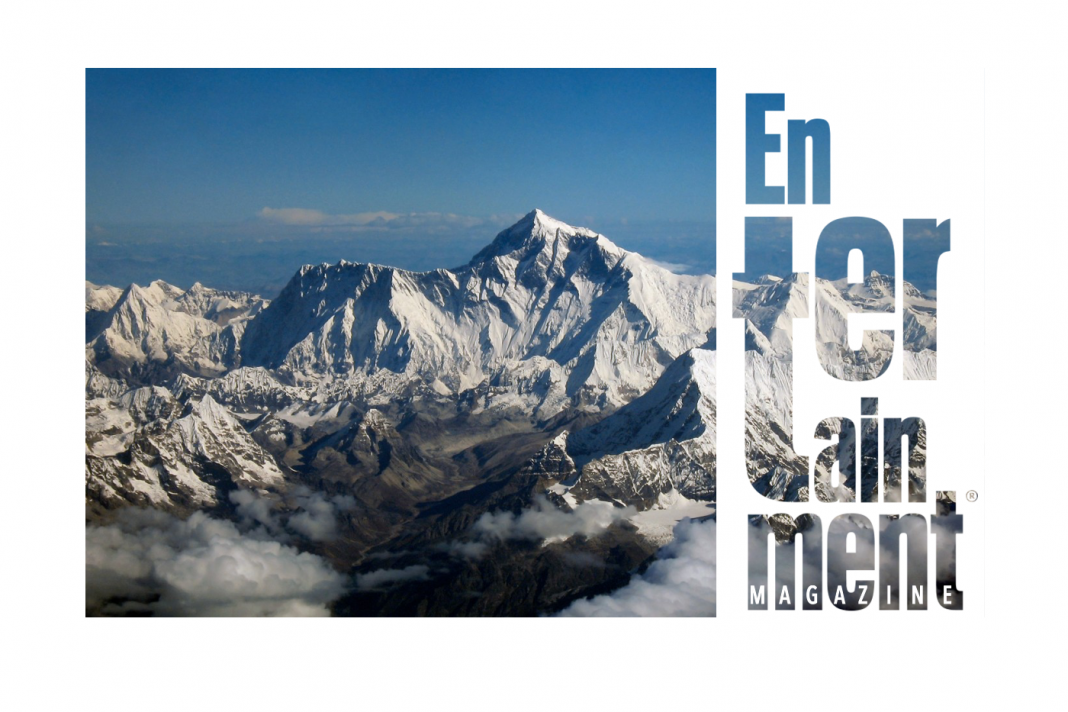Everest – the roof of the world – is not only a symbol of the ultimate physical limits that humans can reach, but also a place where invisible sounds echo: the howling wind through icy crevices, the silent footsteps on thick snow, and even the whispers of death. Behind every conquest lies a quiet symphony, deeply etched into the soul of those who have set foot here.
The breath of wind and silent death
If there is a place where sound is both vividly present and utterly absent, it is Everest. At over 8,000 meters above sea level, the air is so thin that it barely carries sound. Up there, every noise becomes blurred – like the mist-veiled vision of a climber. The wind doesn’t howl, it whispers. The snow doesn’t fall, it melts in silence.
The sounds of Everest are unlike anywhere else: the clinking of carabiners against icy walls, the compressed footsteps over powdery snow, or the rhythmic hiss of an oxygen mask – each one a reminder that you’re standing on the edge of life and death. There is no room for mistakes here, and every sound you hear is proof that you’re still alive.


Woeful compositions of conquest
Although magnificent, Everest has never been a destination simply for sightseeing. It is the ultimate challenge of willpower and endurance. And in that journey, sound becomes an essential part of the experience. Not just physical noises, but also the inner “melodies” – where the heartbeat drowns out all advice, where breath becomes the only rhythm left.
Some climbers have shared that when they reach the “death zone”, they can even hear… the silence. Not the kind of silence that is peaceful, but one so suffocating that even thoughts seem to freeze. The only sound that remains is resilience – a sound no one can hear, but everyone can feel.


When Everest is recorded in sounds
In recent years, natural sound recording projects in the Himalayas have sought to recreate Everest through the lens of sound. Special microphones have been placed at rest stations, ice crevices, and the mountain’s summit, capturing every sound of nature. The resulting recordings send chills down listeners’ spines: the wind howls as if gutting the earth, ice cracks with the sound of bones snapping, and somewhere in the distance, the faint wheeze of an oxygen tank echoes.
Some sound artists, like Chris Watson – who was once a member of the band Cabaret Voltaire before transitioning to nature recording – have created compositions made entirely from natural sounds captured in the Himalayas. When played in a closed room, these sounds make listeners “feel small, cold, and utterly alone” – a sensation not unlike what climbers experience on their way to the summit.


Death doesn’t howl – he whispers
Unlike the noisy image of storms or avalanches, death on Everest often arrives in absolute silence. Many bodies are left along the ascent to the summit – not because they are buried, but because they cannot be brought down. And they – those who have fallen behind – become part of the icy landscape. They do not speak, do not breathe, but they stand as silent milestones.
In this stillness, Everest becomes a place where every breath is precious, every sound worth listening to. For many, it is the only place where they can truly hear themselves – pure, fragile, and more alive than ever before. The sound of Everest, therefore, is the sound of limits: where you hear the boundaries of yourself and the threshold between life and death.


Everest is not just the tallest mountain in the world. It is also a solemn symphony, where sounds are few but profoundly haunting. Every step toward the summit is not only a journey to conquer altitude but also a deep dive into the essence of being – where every gust of wind, every breath, and every moment of silence carries the weight of life and death. And it is in that freezing cold, in the endless stillness, that one can finally hear the last whisper: you are alive.
Taylor | Cameron Truong






